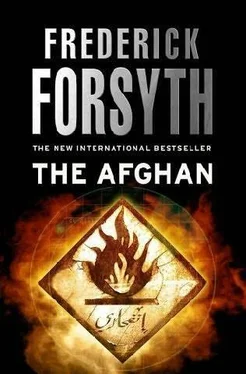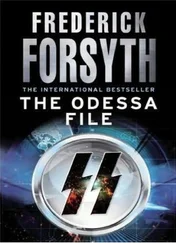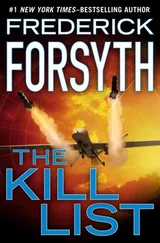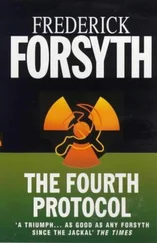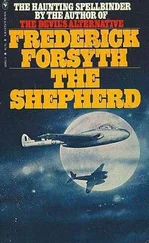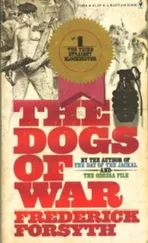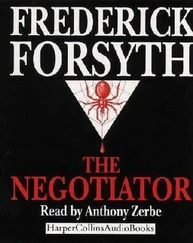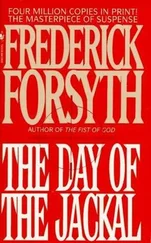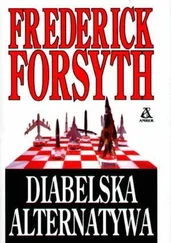Colonel Mike Martin returned to London in the spring of 2002 to spend three years as deputy chief of staff, HQ_Directorate of Special Forces, Duke of York Barracks, Chelsea. He retired in December 2005 after a party at which a group of friends including Jonathan Shaw, Mark Carleton-Smith, Jim Davidson and Mike Jackson tried and failed-to drink him under the table. In January 2006, he bought a listed barn in the Meon Valley, Hampshire, and started in the late summer to restore it into a country home.
United Nations records later showed that 514 Al Qaeda fanatics died at Qala-i-Jangi and eighty-six survived, all injured. All went to Guantanamo Bay. Sixty Uzbek guards also died. General Rashid Dostum became defense minister in the new Afghan government.
Operation Crowbar’s first task was to choose its cover story so that even those working inside it would not know anything about Mike Martin or even the concept of infiltrating a ring inside Al Qaeda.
The “legend” chosen was that it would be an Anglo-American joint venture against a steadily growing opium threat coming out of the poppies of Afghanistan, to the refinery kitchens of the Middle East. Thence, the refined heroin was infiltrating the West, destroying lives and generating funds for further terrorism.
The “script” continued to the effect that Western efforts to shut off terrorism’s supply of funds at the level of the world’s banks had driven the fanatics to lean to drugs-a cash-only crime method. And finally, even though the West already had powerful agencies like the U.S. DEA and British customs engaged in the fight against narcotics, Crowbar had been agreed upon by both governments to be a specific, one-target operation prepared to use covert forces outside the niceties of diplomatic courtesy to raid and destroy any factories found in any foreign country turning a blind eye to the trade.
The modus operandi. Crowbar staff would be told as they were reassigned, involved using the highest tech known to man, both to listen and to watch, in order to identify high-ranking criminals, routes, storage facilities, refineries, ships and aircraft that might be involved. As it happened, none of the new staff doubted a word of it.
This was just the cover story, and it would remain in place until there was simply no further use for it, whenever that would be. But after the Fort Meade conference, there was no way Western intelligence was going to place all its eggs in the Crowbar basket. Frantic, though ultradiscreet, efforts would continue elsewhere to discover what al-Isra could possibly refer to. But the intelligence agencies were in a quandary. Between them, they had scores of informants inside the world of Islamic fundamentalism, some willing, some under duress.
The question was: How far can we go before the real leaders realize that we know about al-Isra? There were clear advantages to letting Al Qaeda believe that nothing had been harvested from the laptop of the dead banker at Peshawar. This was confirmed when the first mentions of the phrase in general conversation with Koranic scholars known to be sympathetic to extremism drew only courteous but blank responses.
Whoever knew about the real significance of the phrase, AQ had kept that circle extremely tight, and it was quickly clear it did not include any Western informants. So the decision was taken to match secrecy with secrecy. The West’s countermeasure would be Crowbar-and only Crowbar. The project’s second chore was to find and establish a new and remote headquarters. Both Marek Gumienny and Steve Hill agreed to get well away from London and Washington. Their second agreement was to base Crowbar somewhere in the British Isles.
After analysis of what would be needed in terms of size, lodgings, space and access, the consensus came down firmly on the side of a decommissioned air base. Such places are usually well away from cities, contain mess halls, canteens, kitchens, and accommodation aplenty. Add to that hangars for storage and a runway for the landing and departure of covert visitors. Unless the decommissioning had been too long ago, refurbishment back to operational requirements could be quickly accomplished by the property-maintenance division of one of the armed services-in this case, the Royal Air Force. When it came to which base, the choice fell on a former American base, which the Cold War had planted several dozen of on British soil. Fifteen were listed and examined, including Chick-sands, Alconbury, Lakenheath, Fairford, Molesworth, Bentwaters, Upper Heyford and Greenham Common. All were vetoed. Some were operational, and service personnel still chatter. Others were in the hands of property developers; some had had their runways plowed up and returned to agriculture. Two are still training sites for the intelligence services. Crowbar wanted a virgin site all to itself. Phillips and McDonald settled upon RAF Edzell, and secured the approval of their respective superiors. Although the sovereign ownership of Edzell base never left the RAF, it was for years leased to the U.S. Navy, even though it is miles from the sea. It is actually situated in the Scottish county of Angus, due north of Brechin and northwest of Montrose, on the southern threshold of the Highlands. It lies well off the main A90 highway from Forfar to Stonehaven. The village itself is one of a thinly scattered number spread over a large area of forest and heather, with the North Esk flowing through it. The base, when the two executive officers went up to visit it, served all their purposes. It was as remote from prying eyes as one could wish; it contained two good runways with control tower, and all the buildings they needed for the resident staff. All that would be added would be the golf-ball-shaped white domes hiding listening antennas that could hear the click of a beetle half a world away, and the conversion of the former USN Ops block into the new communications, or coinms, center.
Into this complex would be diverted links to GCH(^Cheltenham and NSA Maryland; direct and secure lines to Vauxhall Cross and Langley to permit instant access to Marek Gumienny and Steve Hill; and a permanent “feed” from eight more intel-gathcring agencies from both nations, prime among them the yield from America’s space satellites, run by the National Reconnaissance Office in Washington.
With permission granted, the “works and bricks” people from the Royal Air Force went on a “blitz” assignment to bring Edzell back into commission. The good folk of Edzell village noticed that something was afoot, but, with much winking and tapping of the sides of noses, accepted that once again it would be hush-hush, just like the good old days. The local landlord laid in some extra supplies of ale and whiskey, hoping that custom might revert to the way it used to be before decommissioning. Otherwise, nobody said a thing.
***
While the painters were running their paintbrushes over the walls of the officers’ quarters of a Scottish air base, the office of Sicbart and Abercrombie, on a modest City of London street called Crutched Friars, received a visit.
Mr. Ahmed Lampong had arrived by appointment following an exchange of e-mails between London and Jakarta, and was shown into the office of Mr. Siebart, son of the founder. Had the London-based shipping broker known it, Lampong is simply one of the minor languages of the island of Sumatra, whence his Indonesian visitor originally came. And it was an alias, though his passport would confirm the name and his passport was flawless.
So also was his English, and in response to Alex Siebart’s compliments he admitted that he had perfected it while studying for his master’s degree at the London School of Economics. He was fluent, urbane and charming; more to the point, he brought the prospect of business. There was nothing to suggest he was a fanatical member of the Islamist terrorist organization Jemaat Islamiyah, responsible for a wave of bombings in Bali.
Читать дальше
